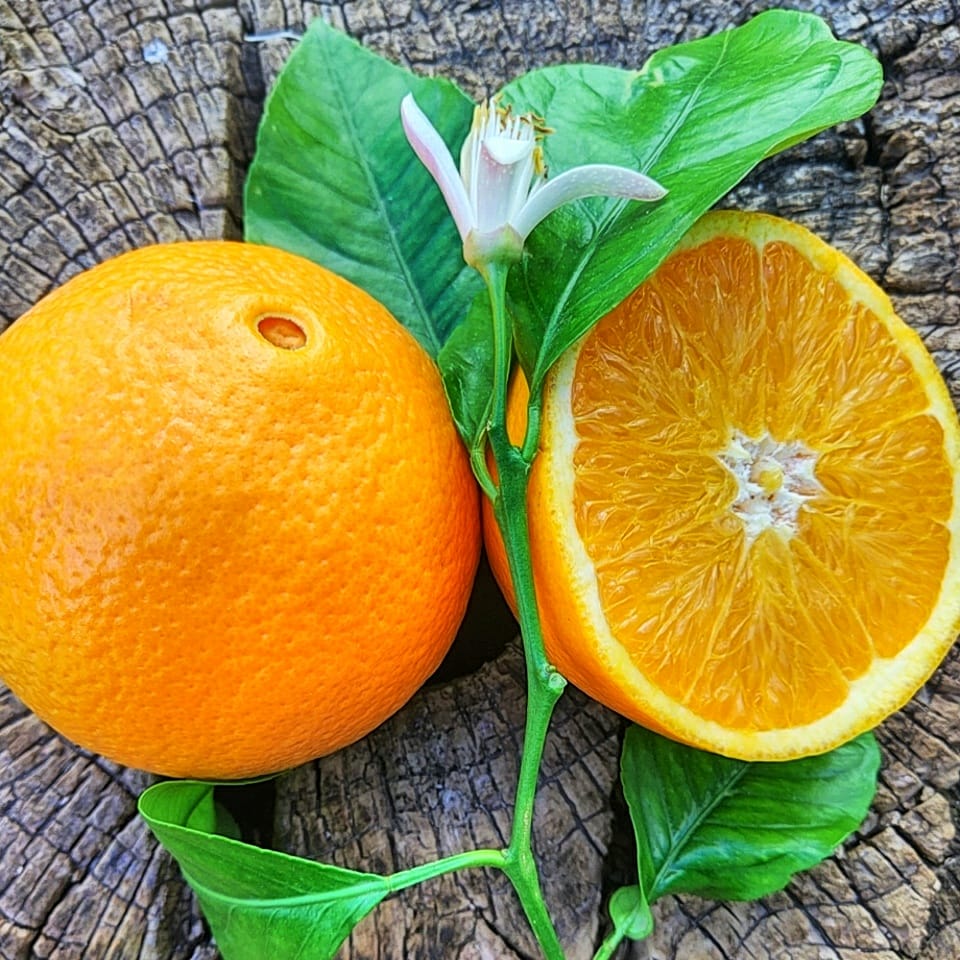Spain is the largest citrus producer in the European Union, with the Valencian Community being the main citrus region nationwide.
There are many varieties of oranges, although they are grown around 35 varieties. For its commercial importance and quality stand out the oranges called Navel and oranges known as Valencias.
In this article we will explain and compare in a simple way the differences between these two varieties: the Navel and the Valencias.
Each has its own characteristics and properties in terms of size, collection time, maturation, etc.
Within the Navel group, we have: Navelina, Lane late, Navelate, etc.
Navel Oranges
They are usually large oranges, with rough-touch skin and considerable thickness. They have one end topped by a kind of navel-shaped closure. The navel oranges are recognized because the edge of a navel and name is used to recognize it.
Regarding the pulp, they have large and generous wedges in juice,but also in insoluble fiber, that is, fleshy, which makes them more suitable for table orange than for making juices. They almost never have the awkward nuggets that we find in other varieties.
- The navel orange: It has a medium large caliber. Easy to peel, perhaps it is the most marketed table variety currently and is characterized by being very early, as it is collected since the beginning of October.
- Navel Lane-Late: Perfect for table use, and collected from February.
- Navel late: This is a more delicate fruit. Extraordinary quality is considered by specialists, consumers, traders and farmers, as the best orange in the world. It is collected from the end of January to the end of March.
The Valencia Oranges
It is a very sweet orange, but with a touch of acidity. It’s one of the types of oranges that sells the most.
It is collected from mid-spring to mid-summer. It is characterized by being somewhat elongated, with a nice orange color, in addition to fine bark. Although it has seeds, there are actually very few seeds. It is widely recommended for juice because the skin covering the wedges is very hard.
We can find it both in summer and autumn, winter or spring. This is mainly due to two factors: the first, our climate, warm Mediterranean and, second, which is greatly preserved in the cold room.
It is the typical orange that is sold for juices. It is also distinguished by being very aromatic, which makes it ideal for preparing desserts. And even natural perfumes you can make with orange.
In short, we can have oranges for most of the year.
The Navel variety can be collected from October to April-May. Typical table oranges are considered. They can vary in size and sweetness, but they are all exquisite.
The Valencian variety oranges, mature from April and are collected from this month to summer. They are distinguished by being very juicy, mainly used for juice,although they can also be consumed as table fruit and in the preparation of desserts.


